It’s Time to Take Women’s Role in Armed Conflict Seriously
Hilary Matfess, Meredith Loken
| rather silly/woke topic in the main, but an interesting tidbit or two in there re: what lvl o' female participation exists in various groups. . . |
Many popular accounts of women’s experiences during war exoticize and decontextualize female fighters, while underscoring women’s vulnerability and victimhood at the expense of their agency. Though academics have long pointed to the shortcomings of these narratives, they have persisted in much of the popular media coverage of women in conflict.
For instance,
reporting on women who
joined ISIS in Iraq and Syria still often refers to them as “jihadi brides,” as though they are harmless groupies following “real” jihadists, rather than acknowledging the possibility that they are active and ideologically driven participants in a violent movement. Many women fighters in Sierra Leone and Angola were similarly
labeled and treated by government officials and international NGOs as “dependents.”
Narratives depicting women who have participated in armed insurgencies as less political—and less important—than men can have
high costs. For example, women are often
ignored or forgotten during post-conflict demobilization and reintegration programs, in part, perhaps, because these narratives affect how international, nongovernmental and local organizations view them. In the cases of Sierra Leone and Angola, the “dependent” classification meant that many women
did not receive benefits—such as cash, support for education and help procuring work—provided to combatants. Without reintegration assistance, some of these women end up relying on illicit work, including sex work, and living in poverty. This is particularly true of women who may not have weapons to surrender, despite the fact that many women take on a mix of armed and unarmed roles during conflict.
A more holistic understanding of women’s contributions to armed groups is therefore necessary for those interested in providing support to women in conflict-affected contexts as well as those seeking to understand the capabilities and strategies of armed actors. This is what we set out to provide with our new project, the
Women’s Activities in Armed Rebellion Project, or WAAR, which gathered information on women’s combat, noncombat and leadership roles in more than 370 nonstate armed groups. This novel dataset and its accompanying qualitative handbook sheds light on under-appreciated dynamics of women’s wartime activities in armed groups. It offers compelling evidence that women’s participation in armed rebellion is fairly common, and that this participation takes myriad forms beyond the combatant/victim typologies usually used to portray it.
To create the dataset, we collected information on whether rebels included women in combat, noncombat and leadership roles, and whether female leaders participated as military or noncombat leaders. We also drilled down into women’s noncombat roles, examining whether they contributed to logistics, clandestine activities or outreach to civilians. In addition, we collected information on how women organized within the insurgency, such as whether rebels formed all-female units or organizations. In addition to the dataset, our project includes a
qualitative handbook detailing what we know about women’s participation in each group, offering nuance and description that cannot be quantified.
Overall, we found that nearly two-thirds of the rebel groups we examined include women within the ranks.
The most common form of participation that we identified was in noncombat roles. Nearly 60 percent of the rebel groups in our sample included women in noncombat roles. In more than half of the groups in our sample, women contributed to logistical noncombat tasks,
assuming the roles of “nurses, medics, cooks, couriers, planners, administrators, radio or weapons operators and guards.”
A more holistic understanding of women’s contributions to armed groups is necessary for those interested in providing support to women in conflict zones.
In 46 percent of the armed groups, women engaged in noncombat outreach activities,
which include things like “recruiters, involvement in service provision, fundraising, serving as representatives of the rebels to the international or domestic community, and mobilization of community members.” For example, the Kurdish Women’s Union—the women’s wing of the Kurdistan Democratic Party, which fought an armed insurgency against the regime of Saddam Hussein in Iraq—provided support to the families of fallen peshmerga soldiers, provided health care and social services to civilians, went on diplomatic missions abroad and helped create jobs for women.
We found that 30 percent of organizations incorporated women into clandestine noncombat operations, which include activities like “intelligence operators, spies, smuggling, and decoys.” For example, in Nicaragua’s civil war, women
reportedly comprised approximately 50 percent of the Contra insurgency’s
correos, or courier networks. According to Timothy Brown, they were often
preferred over men “because they tended to attract less attention, could move more freely, and were not subject to conscription.”
In more than half of rebel groups, we found evidence of women participating in combat or undergoing military training. In some cases, women’s participation in armed combat was the result of female members themselves demanding armed training. For example, in the All Burma Students’ Democratic Front, or ABSDF, in Myanmar, women in auxiliary roles had to pressure ABSDF leaders to include them in military training.In other cases, women’s combat roles were controversial, waxing and waning over time. In Uganda, the Front for National Salvation, or Fronasa, briefly recruited women fighters, but
a Fronasa leader reported that “women soldiers in FRONASA were rejected by our partners and we agreed to disband the women units.”
Of the armed groups in our sample, 45 percent included women in leadership roles, with roughly a quarter of the groups including them in military leadership positions and almost 40 percent incorporating them into political or auxiliary leadership. Our work corroborated
previous research suggesting that women often rose to leadership roles in which they exercised authority over other women, rather than over men or mixed-gender groups, which can perpetuate separate spheres for men and women.
Moreover, more than one-third of the groups we looked at operated at least one women’s wing, with almost a third organizing a noncombat wing and 15 percent operating a women’s military unit. Some groups organized multiple women’s wings and different types of them. For example, the Maoists in Nepal organized women’s groups in the villages in which they were active, while also
creating the All Nepal Women’s Association (Revolutionary) and women’s military units. All of these different approaches harnessed women’s activities to bolster the various organizations’ capabilities and expand their influence.
While there are many possible applications of the WAAR dataset, the project’s qualitative handbook also makes an important contribution to understanding the role women play in armed groups. The 350-page handbook contains entries for each of the rebel groups listed in our dataset, describing the scope of women’s participation in the insurgency, details about how their contributions shifted over time and the intra-group gender dynamics women faced, among other issues.
The handbook and data highlight the need for more nuanced narratives about women’s contributions to armed groups. For example, while ideology is often offered as an explanation for why rebels do or do not include women in certain roles, our data suggests that this is not a deterministic factor. For example, while many left-wing groups organize women’s wings, not all have done so. Furthermore, groups with seemingly conservative gender ideologies have organized women’s wings. For example, the
Islamic State created all-women policing units in territories under its control.
Furthermore, as the qualitative handbook underscores, women can have different experiences within the same rebellion as a result of their activities and rank within the organization. Whereas some women rise to leadership positions, including all the way up to the organization’s highest echelons, others remain in the rank and file, with limited autonomy over their activities and the tactics of the organization. Additionally, the WAAR dataset sheds light on the wide range of women’s activities, both traditional and unconventional, in armed insurgencies.
Overall, the dataset provides the opportunity for both scholars and practitioners to take a more nuanced approach to the questions of what roles women have played in armed conflict, what the wartime and post-conflict significance of their participation is, and what features facilitate women’s involvement in insurgencies. In so doing, it offers a corrective to the simplified and sensationalistic narratives that often characterize popular coverage of women’s participation in armed groups. More nuanced narratives like these are urgently necessary to better understand armed groups’ capabilities and to provide more effective demobilization assistance after war.
Hilary Matfess is an assistant professor at the Josef Korbel School of International Studies at the University of Denver.
Meredith Loken is an assistant professor at the University of Amsterdam.
Despite popular narratives to the contrary, women rebels often play an important role in armed groups and civil wars.

www.worldpoliticsreview.com
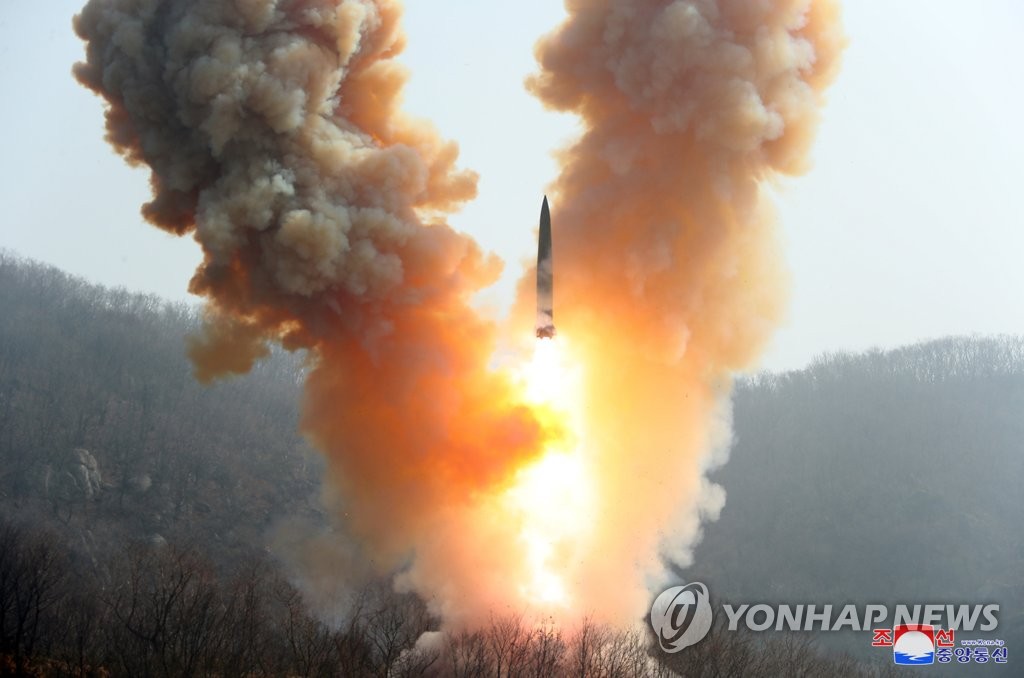



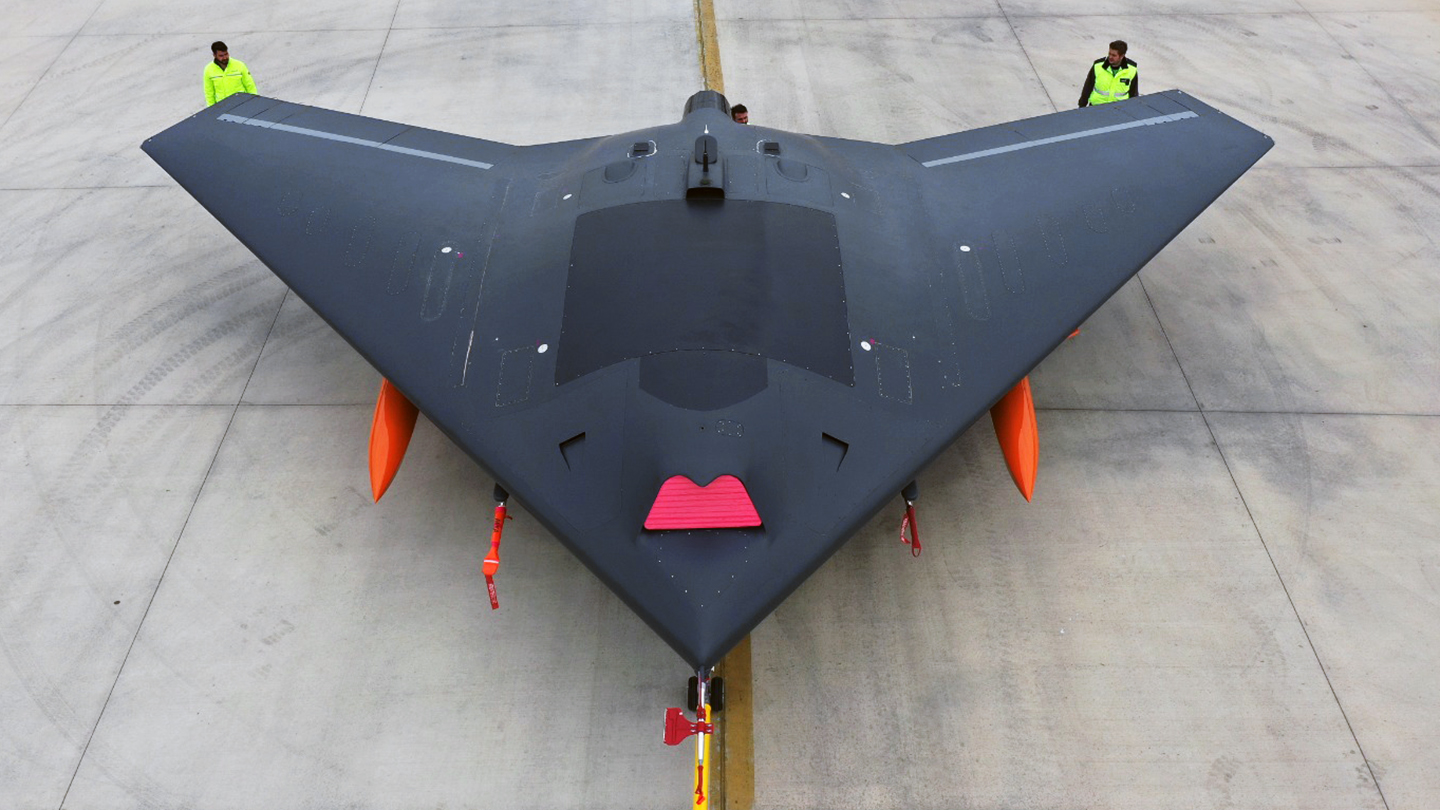
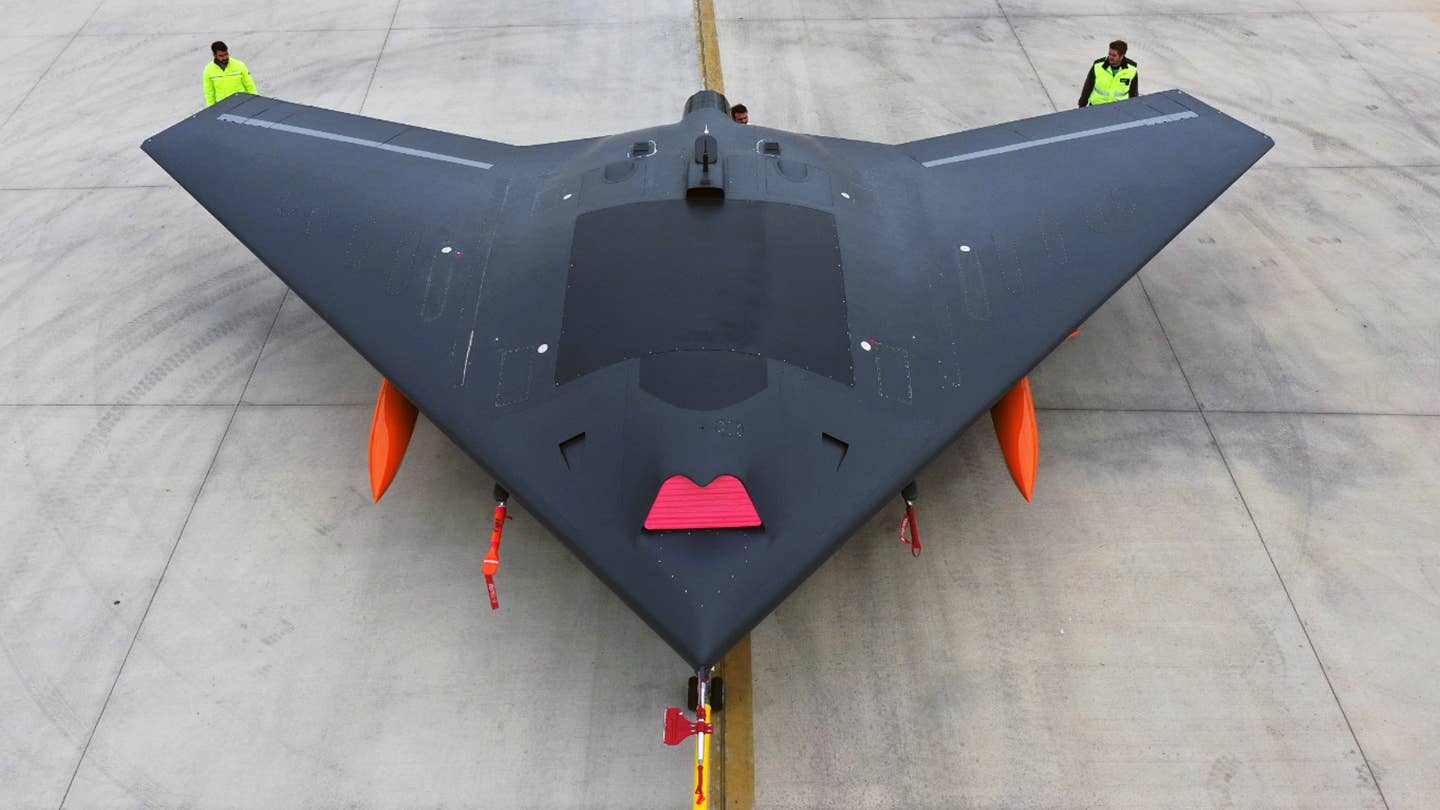
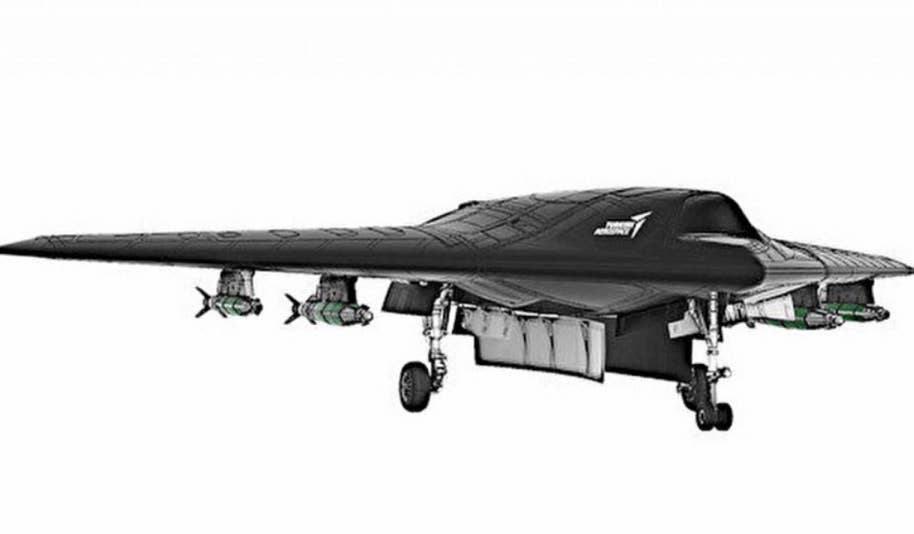

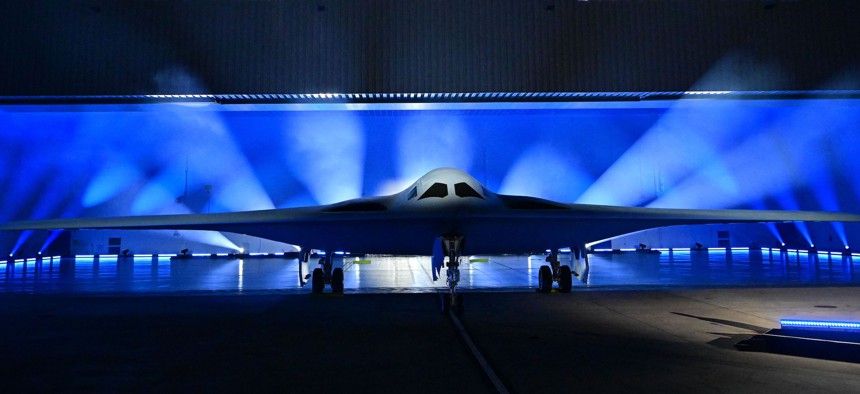


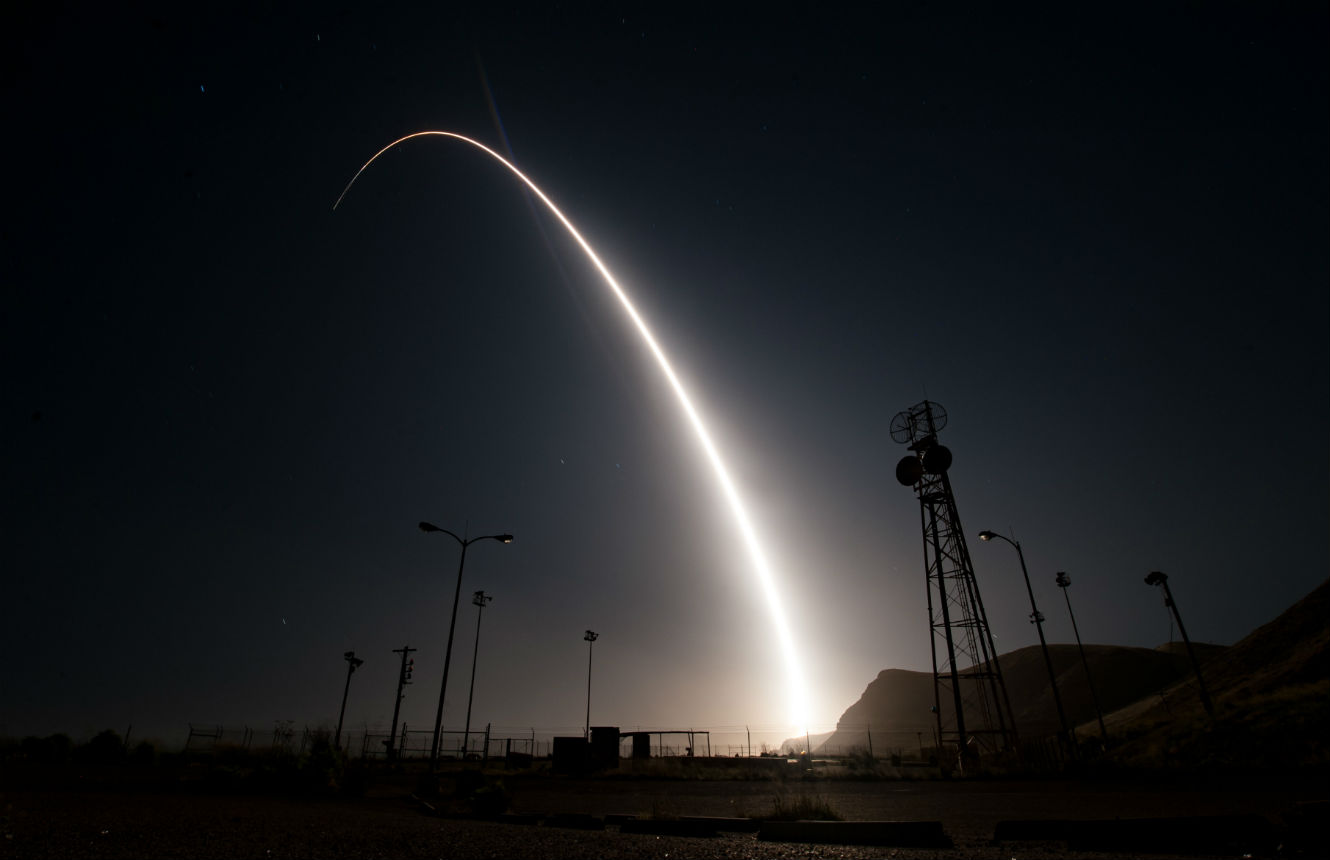
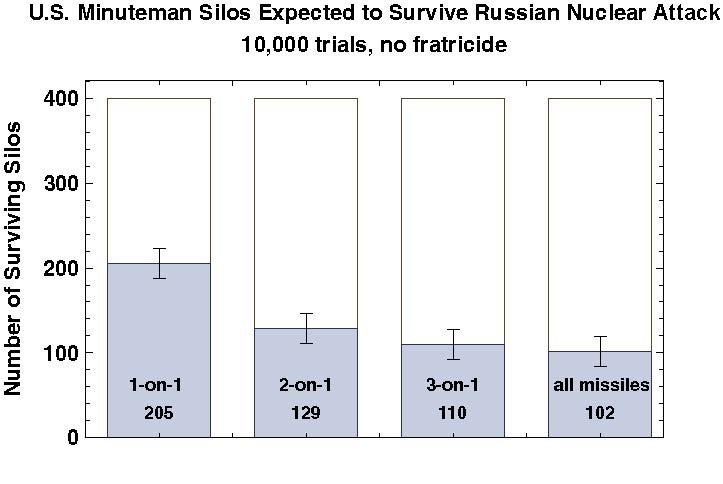

:quality(70)/cloudfront-us-east-1.images.arcpublishing.com/archetype/2AIWRO2SU5BYPFR45KM7FFCA2I.jpg)
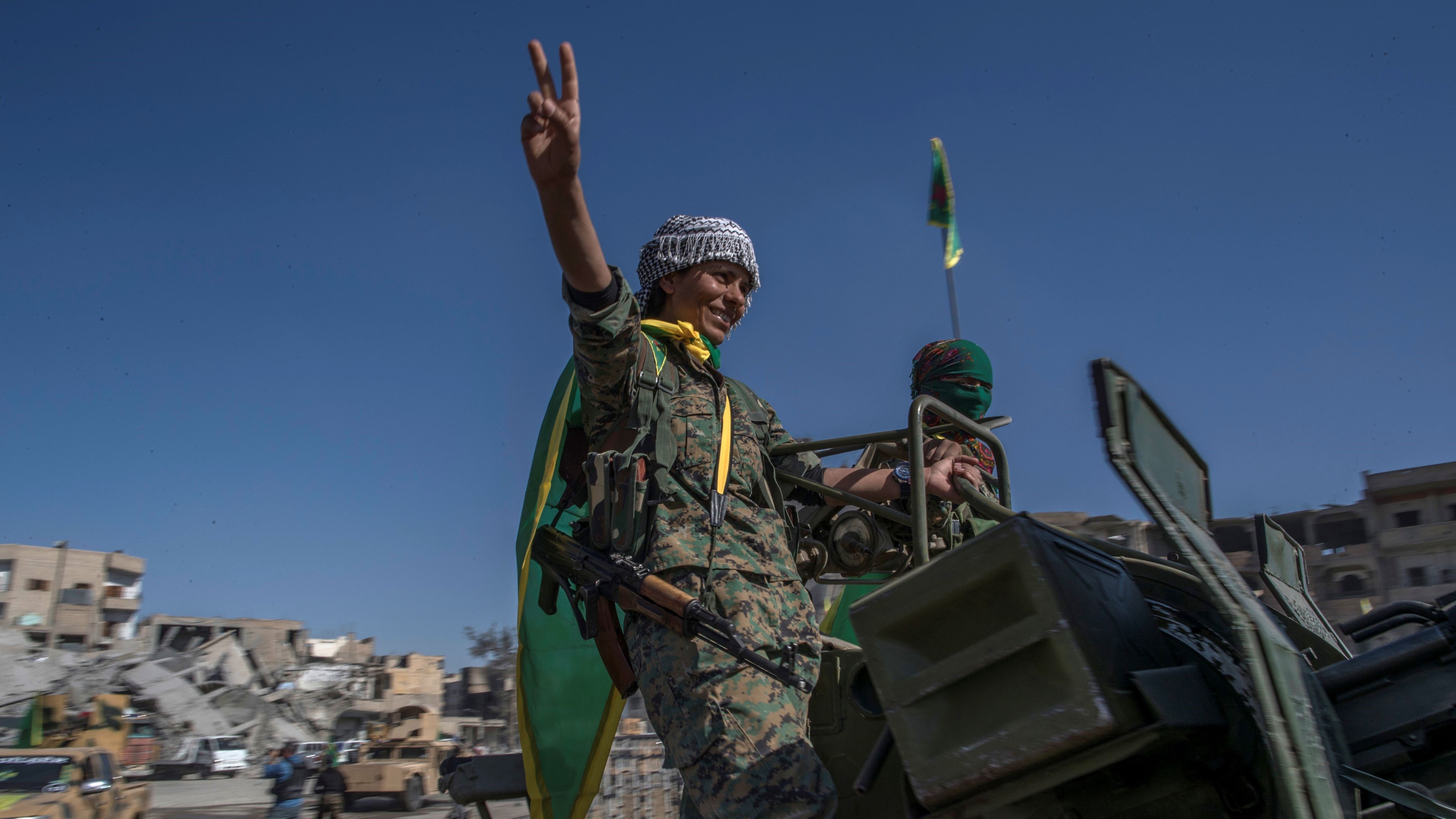


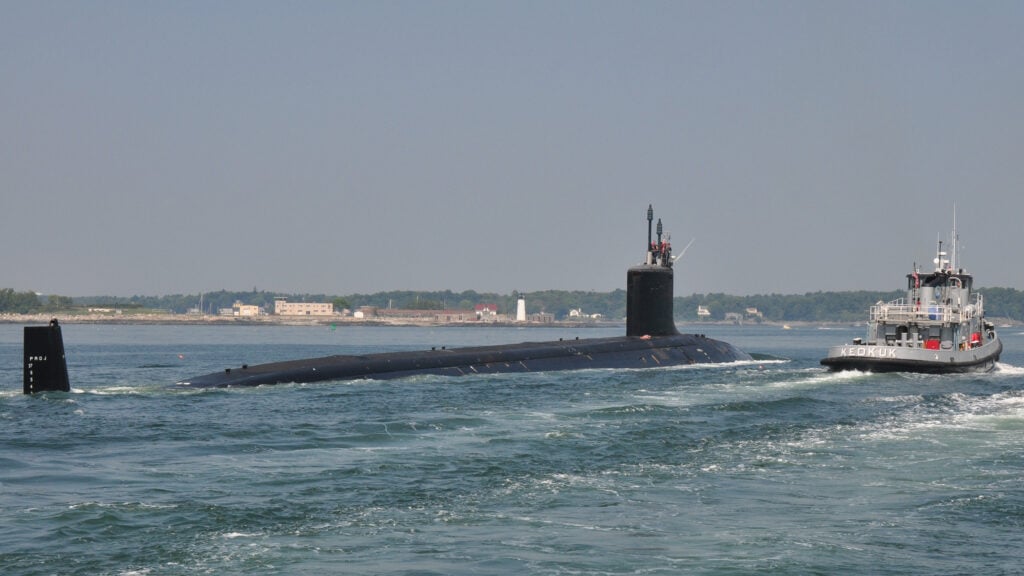


:quality(70)/cloudfront-us-east-1.images.arcpublishing.com/archetype/QTWVUSI72JAGJJH6ADVF7C33LA.jpg)